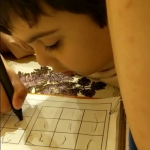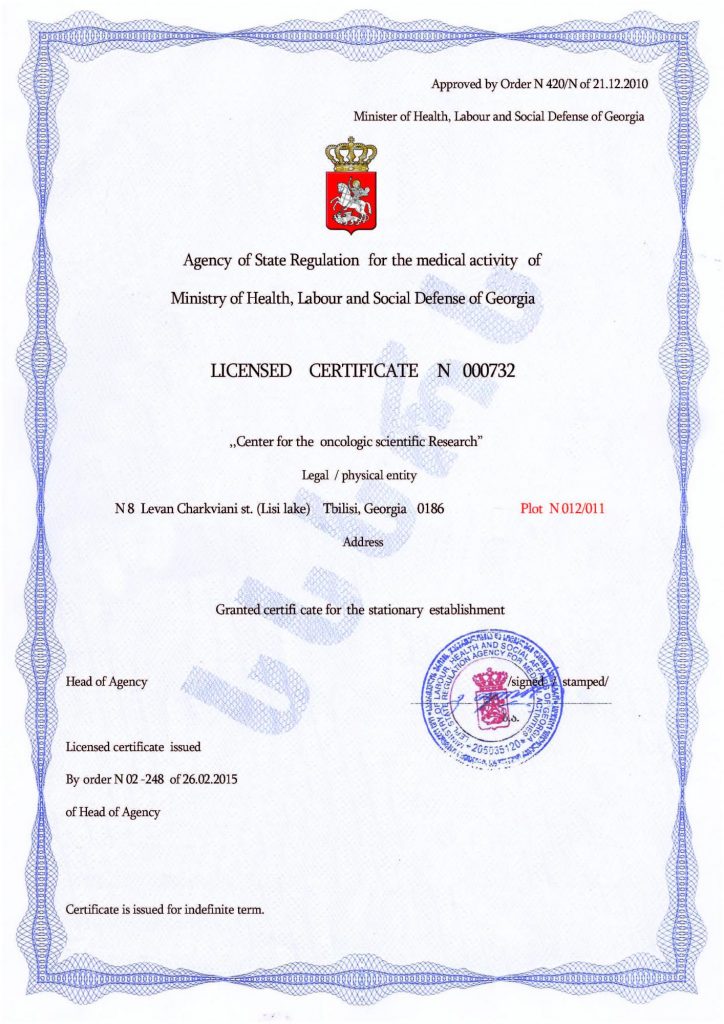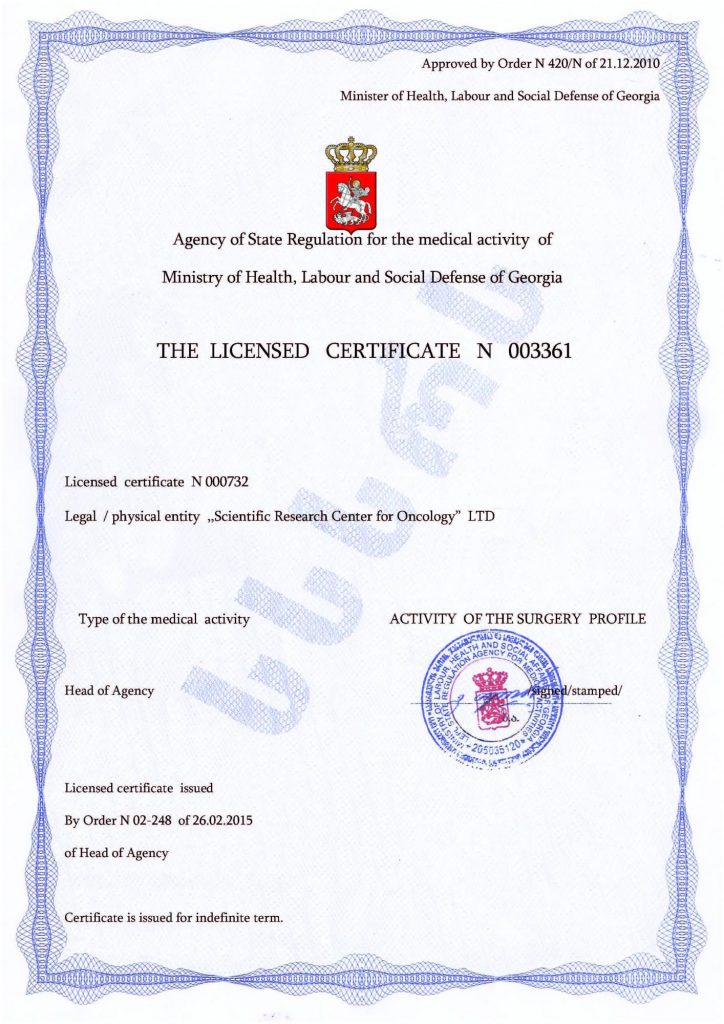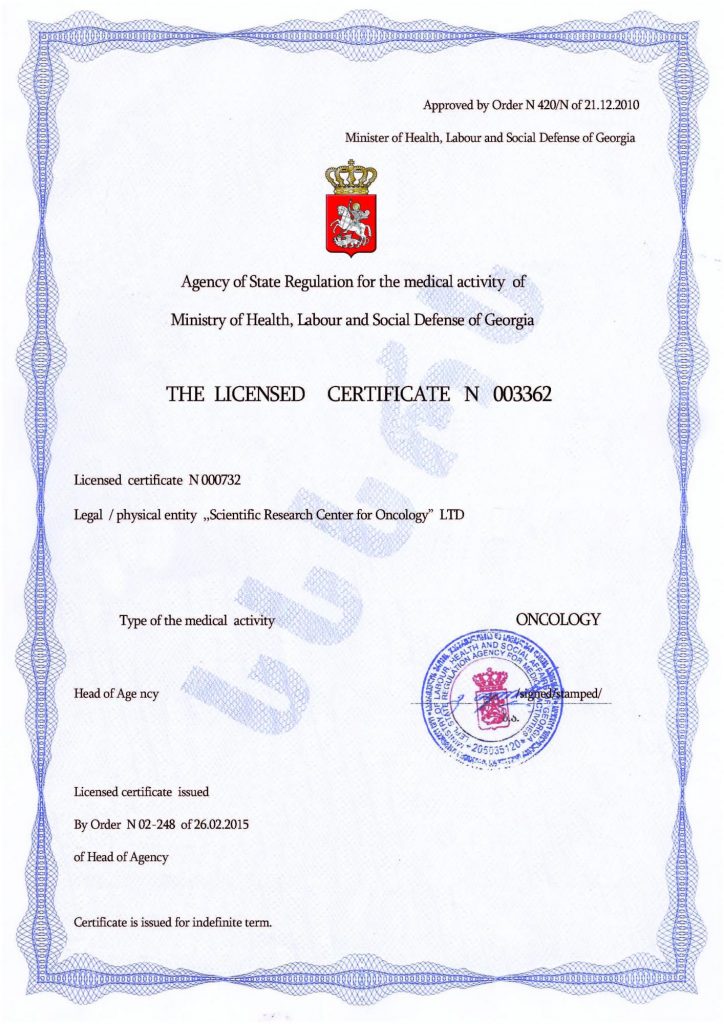Four-Legged Helpers for People with Autism
One of the supportive methods used to address a range of neurological, emotional, and behavioral disorders — including autism — involves the therapeutic influence of our “little brothers,” the animals.
Positive Impact on Socialization
Practice shows that after interacting with animals, many children become more lively and attentive. They are more willing to engage with others and do so without significant anxiety or stress. These positive outcomes suggest that animal-assisted therapy is an effective way to help stabilize individuals on the autism spectrum.
Specially Trained Animals
It’s important to note that these therapy sessions are conducted with animals that have undergone special training. They are far more than just cuddly companions — they are trained to:
- Warn the autistic individual or their family of an approaching meltdown,
- Provide comfort if a crisis couldn’t be avoided,
- Interrupt repetitive behaviors.
Many animals can fulfill these roles — including cats and dogs, which, unlike horses or dolphins, can live in small apartments.
Everyday Assistance
Dogs, in particular, can be helpful not only during therapy sessions but in daily life. They can:
- Open and close doors,
- Retrieve small items or carry lightweight bags,
- Help meet basic needs, thereby improving quality of life.
Ensuring Safety and Comfort
Autistic individuals may sometimes wander aimlessly from home or school. In these cases, service dogs can be trained to keep an eye on the child and ensure they stay within safe zones. At night, the presence of a calm, warm animal nearby can help the child feel relaxed and fall asleep more easily.
Horses and Physical Development
Horse therapy (hippotherapy) is also widely used, mainly because riding involves giving commands through reins, creating a unique physical and emotional connection. This type of therapy helps:
- Improve motor skills and balance,
- Strengthen spatial awareness and posture control,
- Encourage emotional expression and eye contact,
- Foster verbal and social interaction,
- Increase attentiveness.
Enhancing Physical and Mental Abilities
Playing with a dog or riding a horse can significantly boost both the physical and mental abilities of individuals with autism and support their social development. Animal-assisted therapy is a unique intervention based on the idea that animals offer unconditional love and do not criticize mistakes or inappropriate behavior. The core goal is to create a calming connection between human and animal.
While interactions with horses or dolphins typically occur during therapy sessions, families can often afford to bring a puppy or kitten home — making therapeutic bonding more accessible.
Important Note: Animal Therapy Is Supportive, Not a Cure
Despite its many benefits, animal-assisted therapy should not be overestimated. It plays a supportive role and cannot cure autism. At the current stage of medical advancement, the most effective method for addressing both autism and its symptoms is cellular therapy — an innovative, high-tech, and safe method that offers rapid, long-term, and often lifelong results. This approach enhances the effectiveness of all other supplementary treatments.
This therapy involves transplanting the patient’s own stem cells, eliminating the risk of rejection. These basic cells can transform into any other cell type, replacing damaged ones with healthy alternatives. As a result, brain and nervous system functions normalize, leading to behavioral stabilization and reduced symptom severity.
Recognized as one of the most promising treatments for autism spectrum disorders, cellular therapy has the potential to become a primary intervention. Currently, it is available only in a limited number of top-tier clinics around the world due to the need for highly skilled professionals and state-of-the-art equipment.
The Mardaleishvili Medical Center fully meets these high standards — while offering more affordable services than many other countries. The staff also provides comprehensive support for travel planning, accommodation during rehabilitation, and assistance with special needs.
Take the step toward cellular therapy, and your child could experience the joy of interacting with animals not only as a treatment, but as a meaningful, everyday connection.
Autism Treatment Center Videos
Autism treatment with own stem cells
Cord blood association congress
International Quality Crown
Autism Treatment Reviews
Autism treatment with own stem cells
The story of Alessandro (6 years old)
Autism Patient Testimonial - Stem Cell Treatment
Clients Testimonials

Feedback from Yulia, mother of Emily (7 years old) Read More

Feedback by Everita, Katrina’s mother (5 years old) Read More
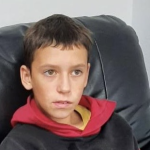
Feedback from Igor, David’s father (12 years old) Read More
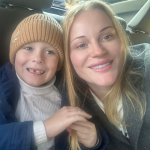
Feedback from Olga, Fedya’s mother Read More
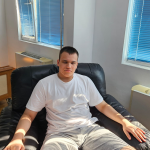
Feedback from Natalia, Radomir’s mother (15 years old) Read More
